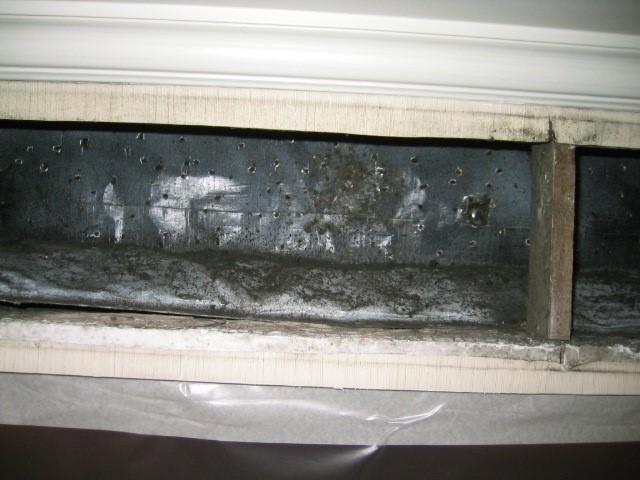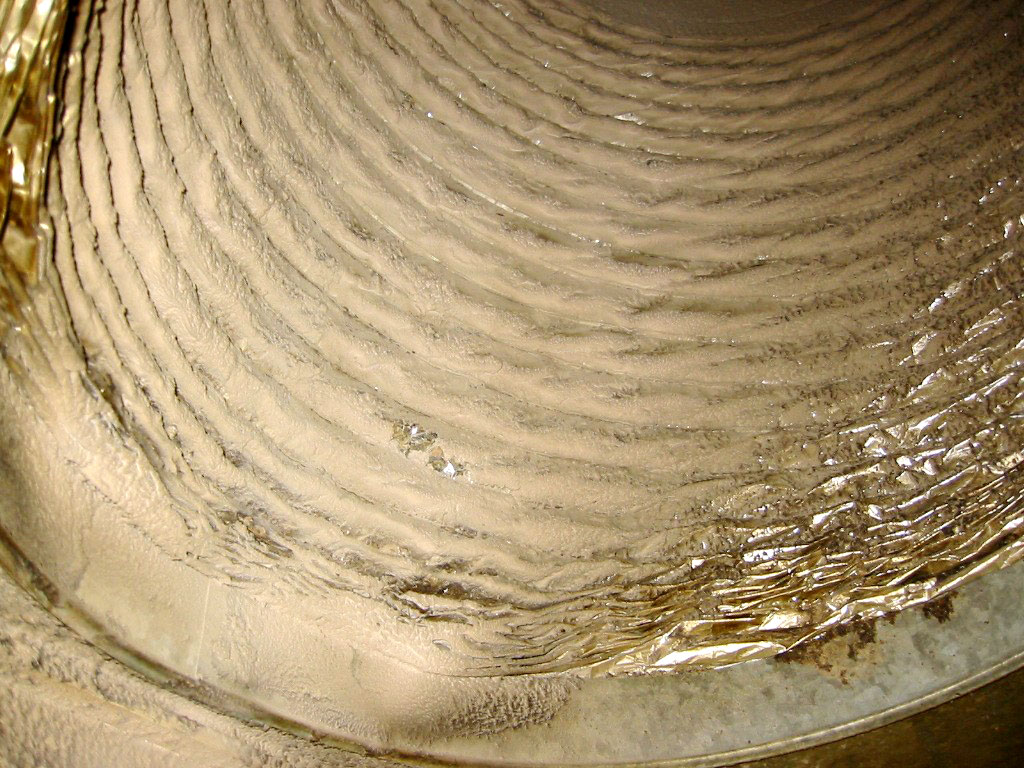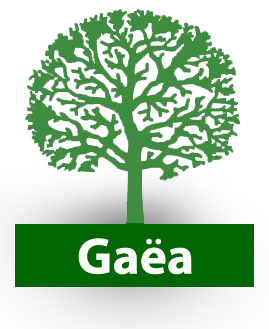Microbial Decontamination & Remediation Services
Mold contamination has long been an area of concern to health professionals. Why the hype? Hasn’t this organism been around since early-recorded history? Some would say the ‘fear factor’ originated in the media or as a self-perpetuating phenomenon that began in the legal system. Regardless of the primary cause, the fact still remains that indoor mold contamination has the attention of the public and professional community for very real reasons


Understanding that all building materials are naturally contaminated with mold spores explains how fungal growth can occur within buildings where materials have become wetted. Many common building materials may serve as a food source for fungi. Books, papers, gypsum boards, and wood products are such sources. Fungi will grow at a broad temperature range, including temperatures comfortable for building occupants. When moisture becomes available, the stage is set for fungi to flourish. Thus, the most important factor in mold growth is the water activity; a quantity that measures the amount of free unbound water in a substrate.
Because of the potential harm, any water intrusion into a building envelope should be handled quickly and professionally. GAEA Restoration Technologies will address all areas of a project including: inspection & assessment, health & safety, containment and remediation.
Sick Building Syndrome
Researchers say two types of fungi are a significant cause of Sick Building Syndrome (SBS). The condition known as SBS arose during the energy crisis in the late 70’s, when buildings were designed with windows that don’t open and ventilation systems that offered little exchange of fresh, outdoor air. This circumstance allowed fungi to flourish and make some buildings “sick.”
The study of 48 schools found the fungi penicillium and stachybotrys common to all of them. Symptoms of SBS include headaches, watery eyes and respiratory illnesses.
The symptoms of dizziness and double vision were found to be toxic reactions to stachybotrys. Stachybotrys is a deadly, greenish-black fungus found worldwide and colonizes particularly well in high-cellulose materials, such as paper, books and cellulose-containing building materials, such as fiber board, lint and dust. It is generally found on materials that become chronically moist or water damaged due to excessive humidity, water leaks, condensation or flooding.
199701039861 (455361-V). All Rights Reserved.
